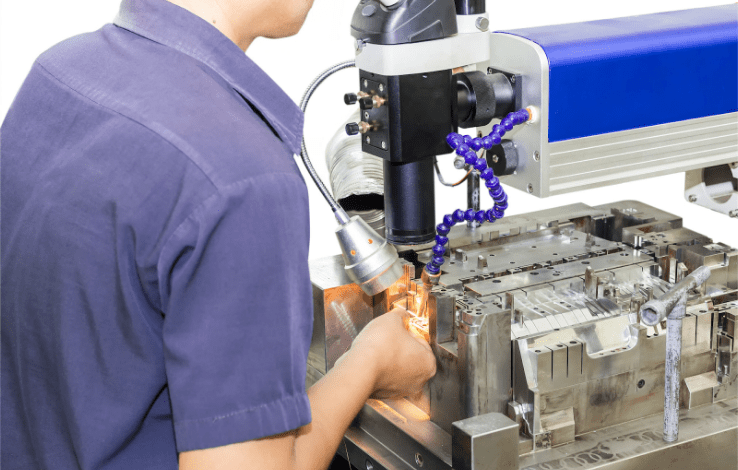The History and Evolution of Metal Plating and Its Uses

Metal plating is a centuries-old process that has changed quite a bit over time. It is now used in everything from basic building components to nanotechnology.
You may be wondering how is metal plating useful and what does it entail? Whether you work in an industry that uses these processes or are curious about them, the information below will tell you everything you need to know about the history and evolution of metal plating. Keep reading to find out more.
What Is Metal Plating?
Metal plating is any process that involves securing a metal sheet to either another piece of metal or another item. It describes everything from simple techniques of securing two pieces of metal together to very technical processes used in computer chip production.
There are myriad metal plating uses. From art and armor to infrared and radiation shielding, this technique has afforded many different benefits throughout time.
The processes involved in metal plating have evolved as well. Crude baths originally sufficed for fusing metals. Today, complex machines with gears for metal plating ensure that the substrates are evenly covered.
Ancient Metal Plating
Human beings have been adhering metal plates to services of instruments and building materials for at least four thousand years.
Archaeologists have discovered gold inlays of ornaments dating back to 4550-4450 BCE.
Although it has always been less prevalent than silver and copper, you do not have to smelt it from ores. Once humans developed this capacity, silver and copper became more common plating metals. Although, gold remained popular for statues, coins, and decorative purposes.
Common Era
During the first century, gilding metals with mercury became popular. This involved mixing it with gold to make an amalgam which is applied to the surface of an object. The mercury evaporates and leaves a thin layer of gold behind.
During the Middle Ages, displacement plating was discovered. This entails using a solution to instigate a chemical reaction between two metals that fuses them. A common use was to add silver layers to copper armor or furnishings.
Another process known as damascening involved inlaying different metals into one another to produce intricate designs. While the name comes from the ancient city of Damascus, the technique’s roots in Japan may go back further.
Electroplating
In the early 19th century, electroplating was discovered. It is the process of passing a low-voltage current through a salt solution containing two metals, which act as the cathode and anode.
Until recently, electroplating required two metals to act as conductors. However, today, technology exists to allow metal plating onto non-metal substrates. Common ones are plastic, glass, and ceramics.
The advantage here is that it allows the combination of the benefits of both substances. For instance, using plastic can make a component lighter while adding strength to the metal plating.
Twentieth Century
In the twentieth century, there arose a demand for small components and circuitry used in electronics. The advent of computers in the 1970s exploded this need and since has driven innovations in plating.
IBM was the first company to use electroplating in computer chip production. The process continues to play a pivotal role in the push for smaller parts that perform better than their predecessors.
Learn More About Metal Plating Benefits
Now that you have an idea of the uses and processes involved in metal plating, you can have a better appreciation of its role in producing so many products today. From art and designs to machines and buildings, metal plating plays a huge part in the world we live in.
We hope you found this information on the history and evolution of metal plating helpful. If so, be sure to take a look at some of our other posts on technology, business, health, home improvement, and many other topics.






